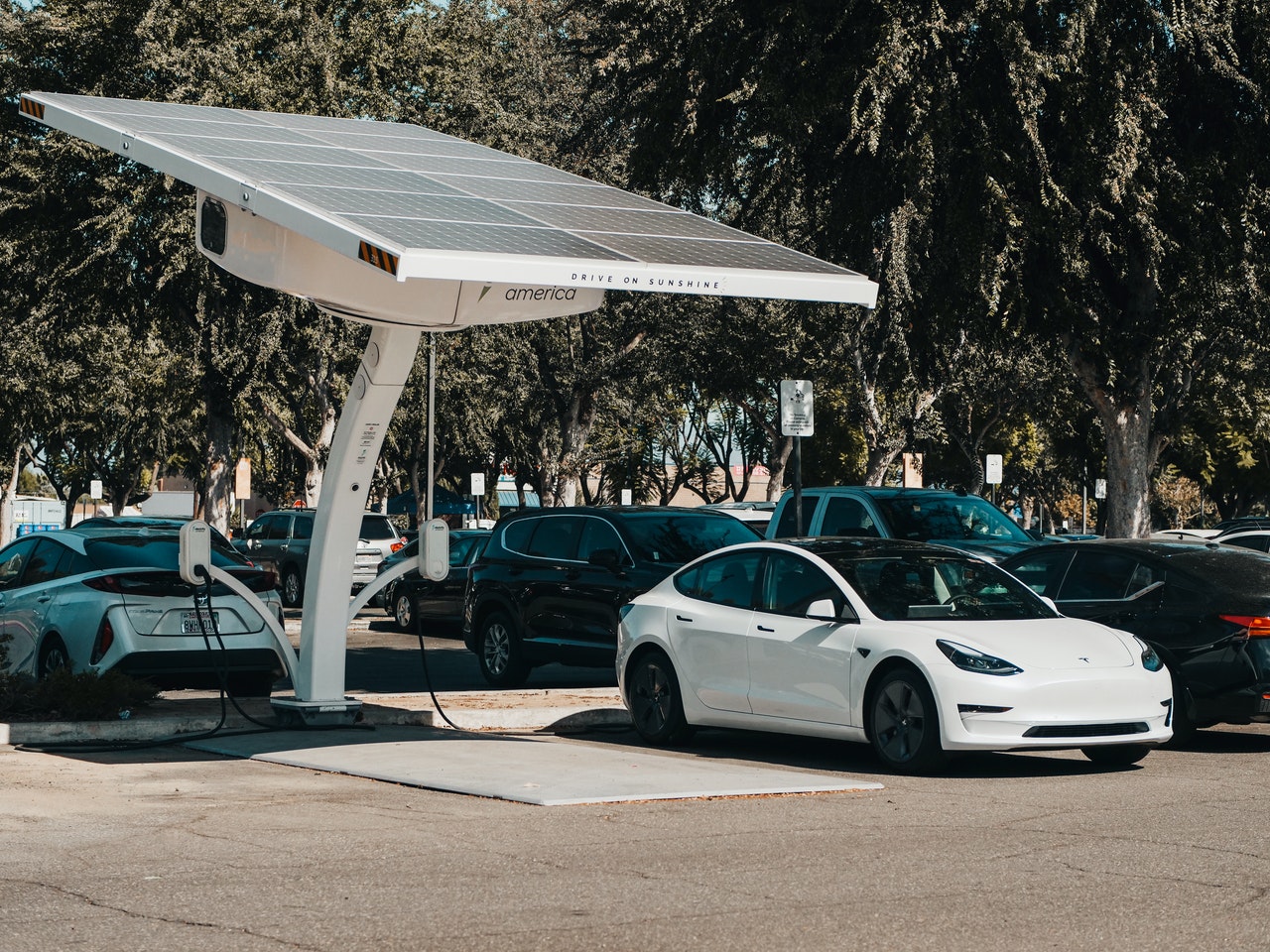Automakers have so far been skeptical about the feasibility of using onboard solar panels to generate electricity in mass-produced electric vehicles.
Nevertheless, research in this direction continues, and industry sources consider the approach promising. A breakthrough could come with using perovskite panels instead of traditional silicon panels.
According to Business Korea, citing industry sources, promising perovskite solar panels placed on the lid of an electric car will allow accumulating a charge of up to 5 kWh on a clear day. The Hyundai IONIQ 5 and Kia Niro electric vehicles, for example, use 1 kWh to travel between 4.5 and 5.3 km.
In other words, after parking in the sun for a day, electric vehicles with solar panels on the roof of a new type will be able to increase the range by 25 km or more at no cost to the owner.
Perovskite-based solar panels are interesting for electric vehicles because they are more flexible and lighter. The latter, perhaps, is significant: it would be strange to increase the power reserve due to solar charging and at the same time, reduce it with an increased mass of the car.
In addition, perovskite panels can generate electricity by absorbing the ultraviolet part of the sunlight spectrum, so their efficiency is higher than many silicon panels.
Perovskite panel durability can also be solved, as the latest experiments show. Even Elon Musk praises the idea of charging electric vehicles from solar panels while parked.
However, he spoke in this context only of large trucks with a large surface area on which such panels can be placed, including folding side sections.

